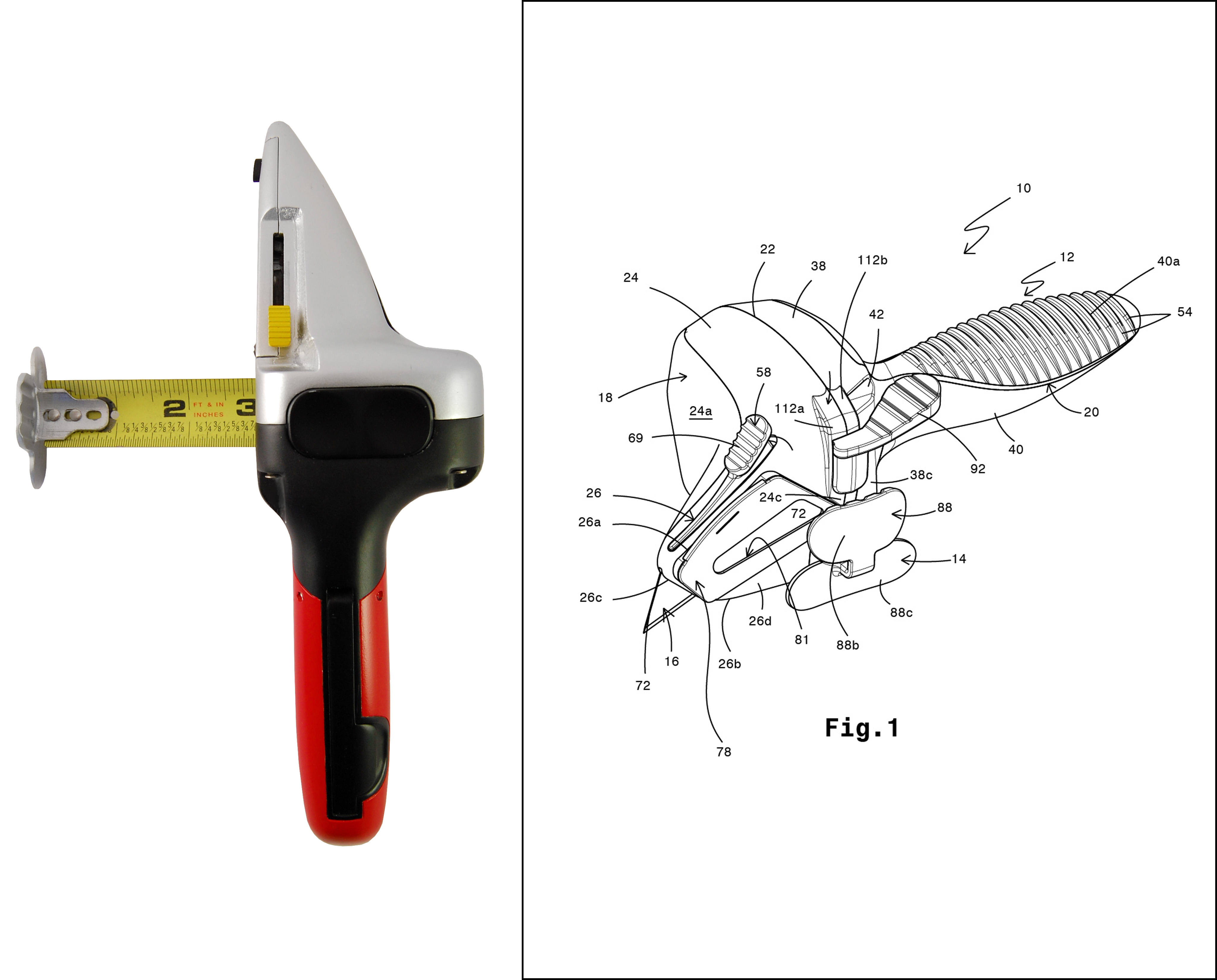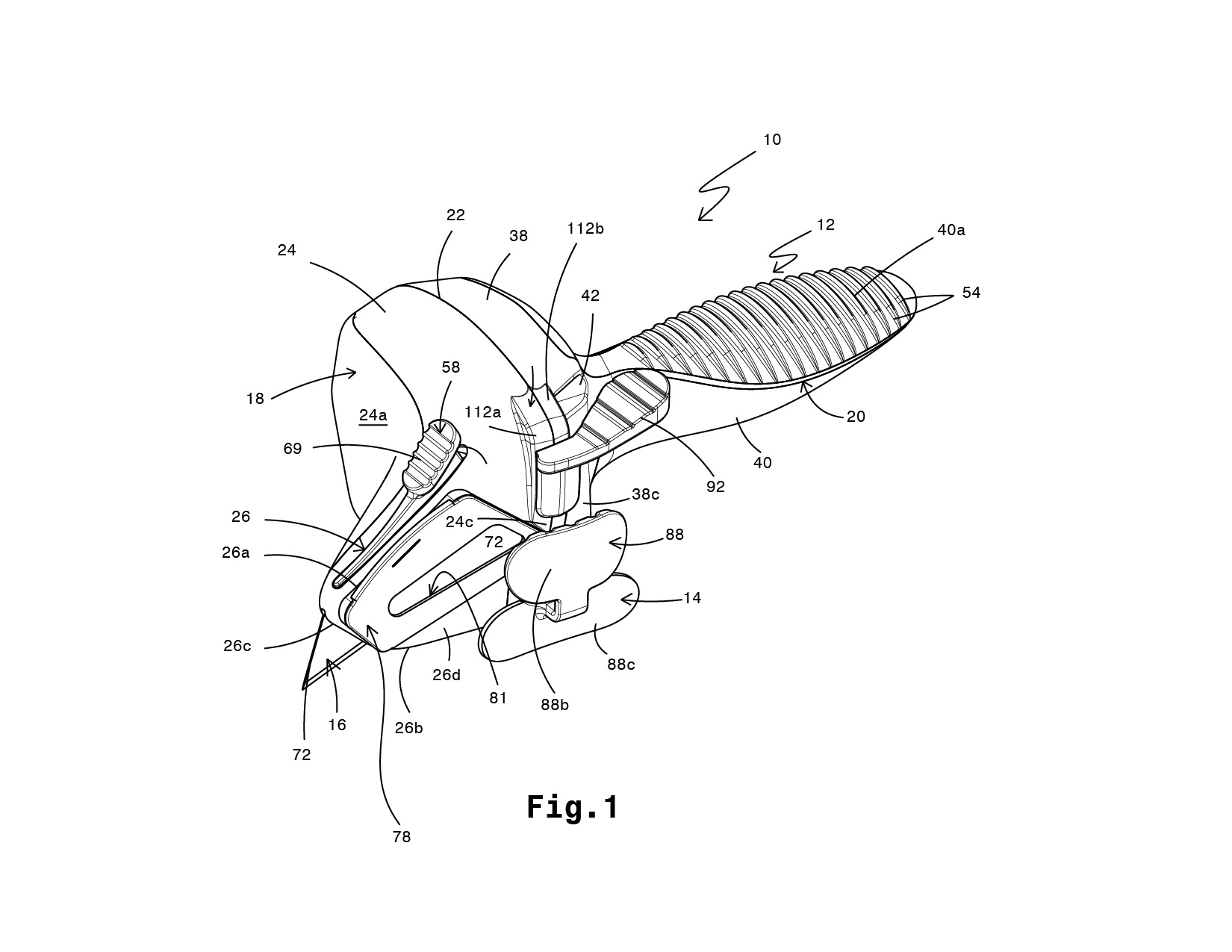Provisional Vs. Utility Patent Application
Which patent do I need to file?
How do you know which type of patent to file? We’ll help answer that question by giving you the definition and benefits of both provisional and utility patents.
A Provisional Patent
What we call a provisional patent is really a provisional application. It is a legal document filed in the United States Patent and Trademark Office (USPTO) and it establishes an early filing date. After filing, the inventor can say they have a “patent pending”. This is all this application does. It does not mature into an issued patent unless the inventor files a regular non-provisional patent application within a year. Inventors file a provisional application because a provisional patent only requires a description and drawings but does not require formal claims, inventors’ oaths or declarations, or any information disclosure statement (IDS). Also, because there will be no examination of the application, the fees are significantly lower.
One of the most important benefits of filing a provisional application is to establish an early effective filing date. The United States has become a first to file country http://www.uspto.gov/patent/laws-and-regulations/america-invents-act-aia/america-invents-act-aia-frequently-asked so it is extremely important to file first.

Utility Patent- The Non-Provisional Patent Application
Utility patent applications are the most common type of patent applications filed in the USPTO. A utility patent protects the functional aspects of an invention and is capable of protecting many different variations of a product, making it difficult for a competing product to avoid patent infringement. A utility patent is a patent application filed where “utility” is a patentability requirement. An invention may qualify for a utility patent if it is “useful,” that is, if it provides some identifiable benefit and is capable of use. In considering the requirement of utility for patents, there are three main factors that patent agents review: operability of the invention, a beneficial use of the invention, and practical use of the invention.
A utility patent is more expensive than a provisional application but this patent can mature into an issued patent. It takes longer to receive a patent protection (within 2 to 4 years) and it does not protect the aesthetics or ornamental features of an invention. The patent document must include a specification (the written description of the invention), patent claims, patent drawings, inventors’ oaths or declarations, and any information disclosure statement (IDS).
Summary of A Provisional Patent VS Utility Patent
In summary, inventors file a provisional application because it: is a simpler process to complete and file; is cheaper; and helps them file sooner. Nonetheless, the inventor still needs to file a regular non-provisional patent application within a year. A utility patent takes more time to prepare, protects the utility aspect of an invention, and is the ultimate goal!
At Spark Innovations we have over 250 patents issued in the US and we can help you get started!

Recent Comments